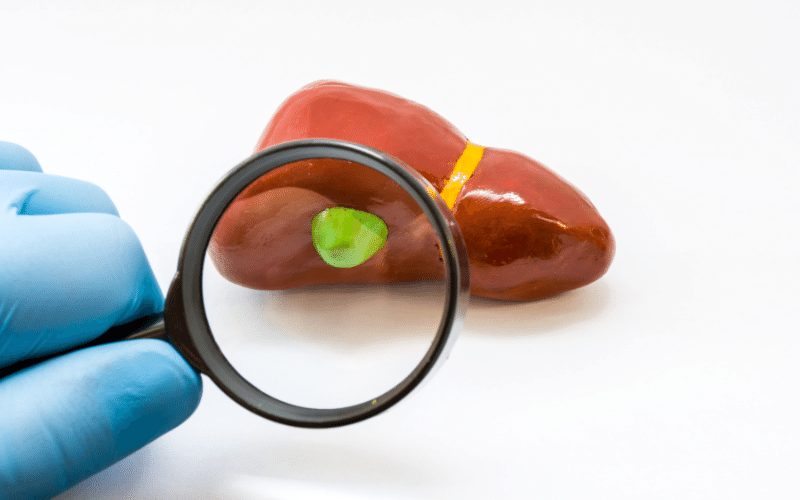Fact 7: Living Without a Gallbladder

The removal of the gallbladder, a small pouch-like organ tucked neatly below the liver, might seem daunting. But the human body, in its remarkable resilience, is capable of adapting. The gallbladder’s primary role is to store bile – a digestive juice produced by the liver. Post its removal, this dynamic undergoes a shift. Instead of storing bile for large meals, the liver now directly releases it into the small intestine. This continuous trickle facilitates the digestion of fats, albeit in smaller quantities.
While the body undergoes this transition, dietary habits need a slight tweak. Initially, post-surgery, patients are advised to stick to a low-fat diet. Why? The reason is simple: without the gallbladder’s bile reservoir, digesting large fat quantities can be challenging. Fried foods, dairy-rich items, and certain meats might temporarily exacerbate digestive discomfort. Instead, patients are counseled to consume smaller, more frequent meals, ensuring the digestive system isn’t overwhelmed.
Like all adaptations, there might be bumps along the way. Some individuals, post-cholecystectomy, report changes in bowel habits. Diarrhea or frequent bowel movements can be a temporary side effect as the body recalibrates its bile release mechanism. While it might sound alarming, these symptoms generally diminish over time. Moreover, over-the-counter medications or specific dietary fibers can help manage these symptoms effectively.
As weeks morph into months, the post-surgical landscape becomes clearer. Most individuals find that their digestive system reaches a new equilibrium. They gradually reintroduce previously restricted foods, gauging their body’s response. The overwhelming narrative here is positive. The absence of the gallbladder doesn’t tether them but liberates them from the painful shackles of gallstones or cholecystitis.
Living without a gallbladder might seem like navigating uncharted waters initially. But with guided dietary modifications, patience, and keen body awareness, it becomes the new norm. While minor adjustments are par for the course, the vast majority lead an unrestricted, fulfilling life, proving that life without this tiny organ is not just feasible but also thriving. (7)